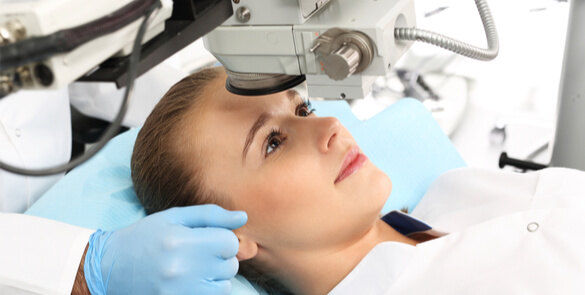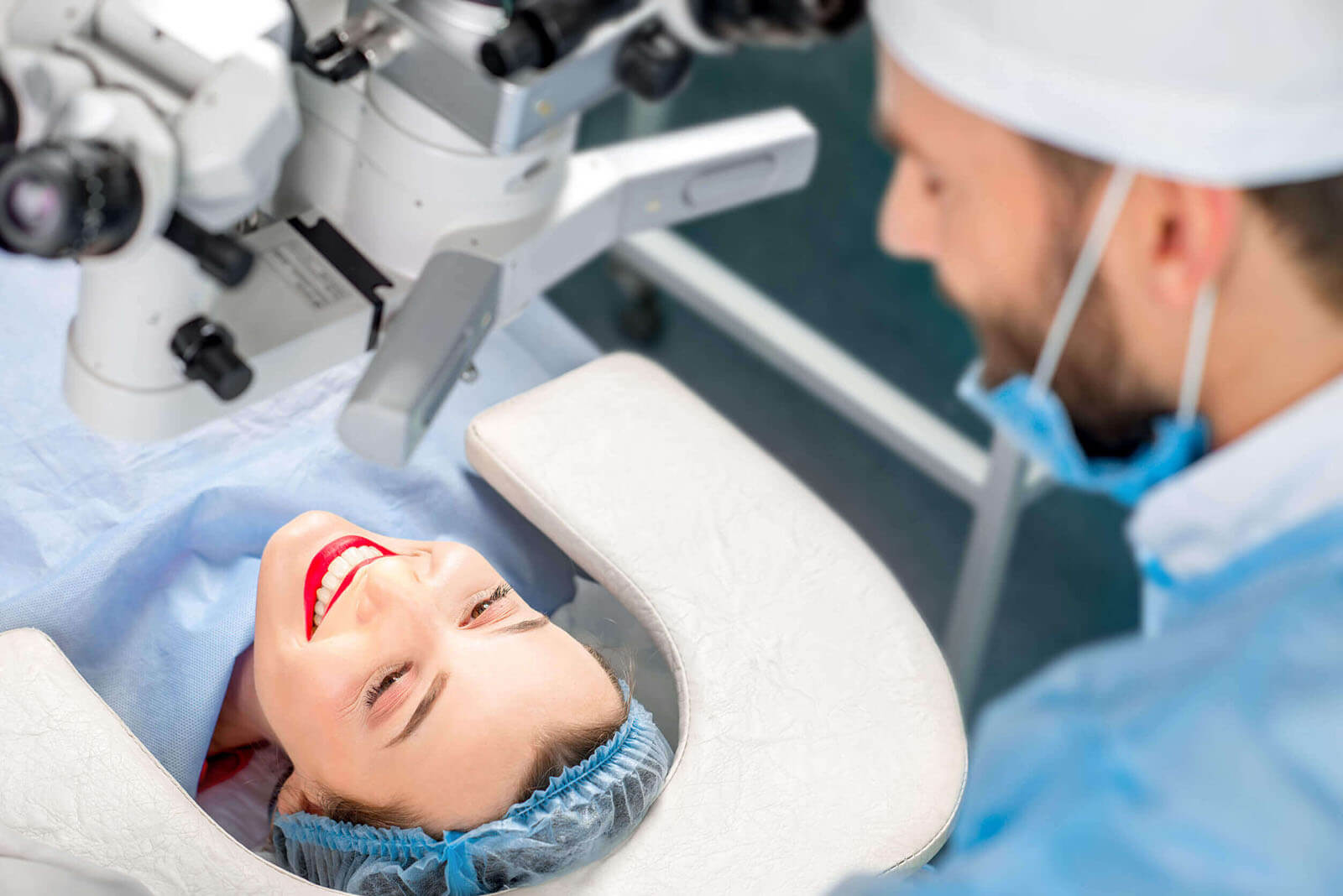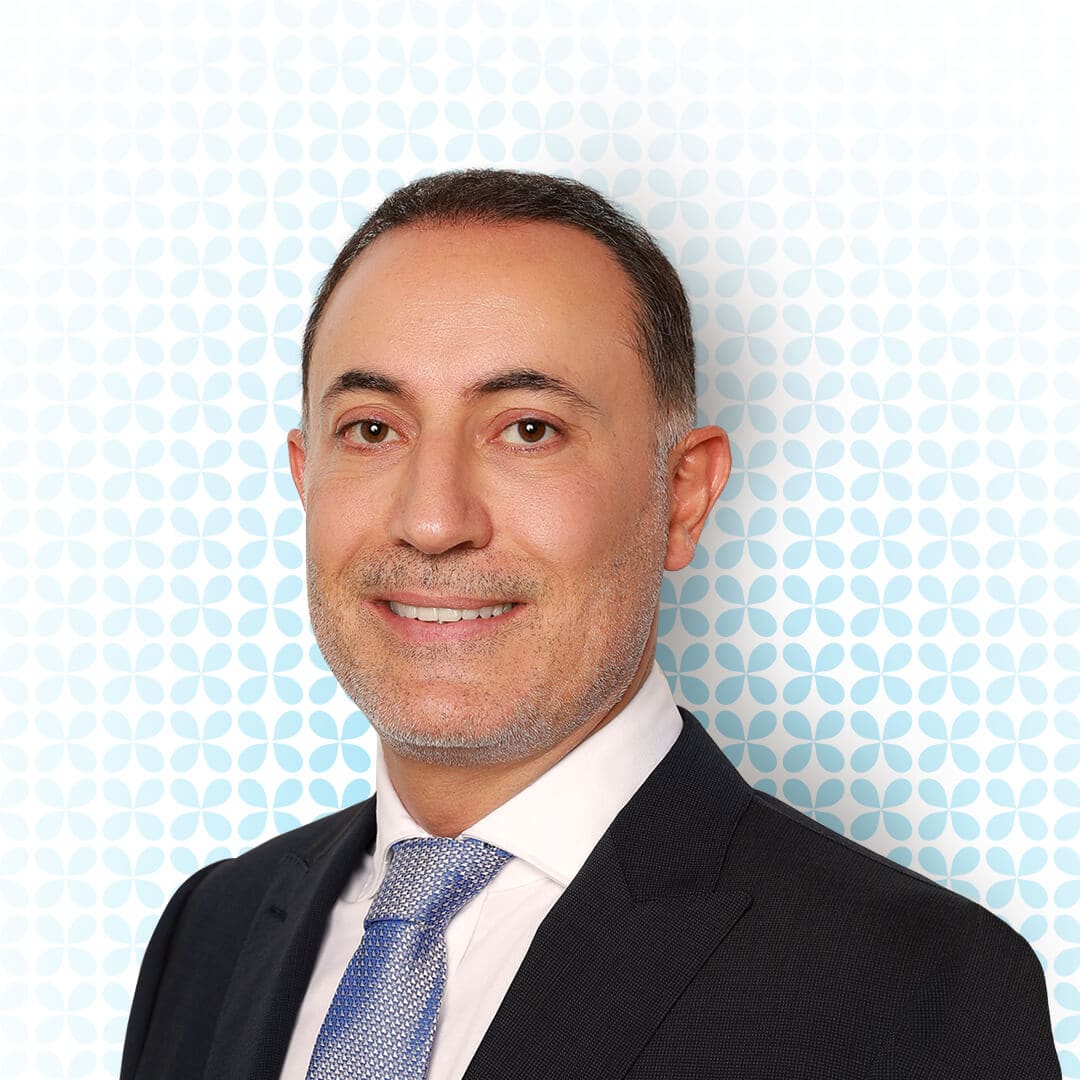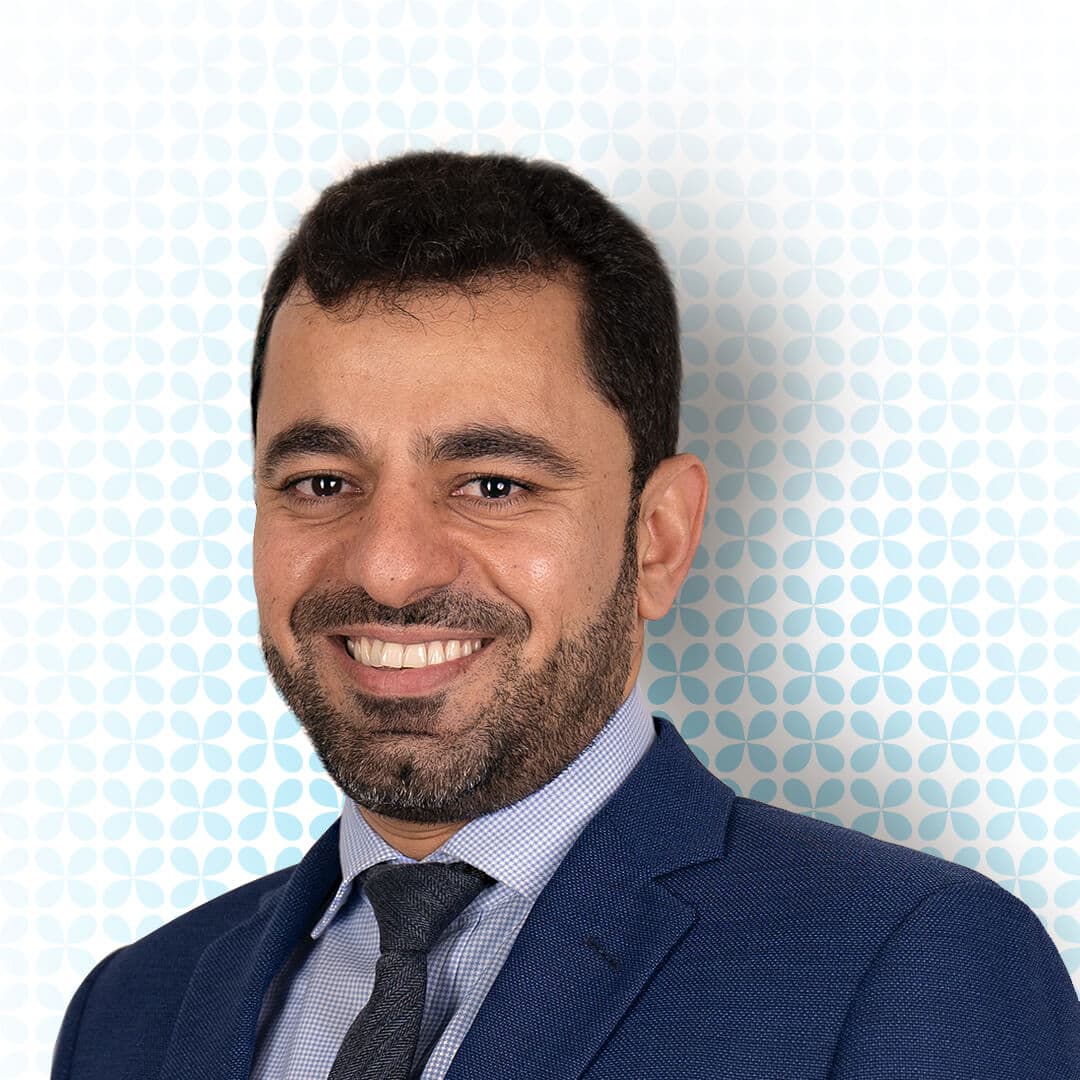Laser vision correction Surgery, also known as refractive surgery or LASIK, is a procedure designed to correct common vision problems, known as refractive errors, which include myopia (nearsightedness), Hyperopia (farsightedness), and Astigmatism, to reduce or eliminate the need for glasses and contact lenses. This procedure utilises a specialised laser to precisely reshape the cornea, which is the clear front surface of the eye, to enhance vision and focus.
Laser eye surgery is typically suitable for adults aged 18 and over with stable vision prescriptions for at least a year. Patients should have healthy eyes free from conditions like severe dry eye, keratoconus, or uncontrolled diabetes. A comprehensive evaluation with an ophthalmologist will determine if laser eye surgery is best for you.
Alternative Vision Correction Options
Alternative options, such as implantable contact lenses (ICLs) or intraocular lenses, may be considered for individuals who are not suitable candidates for laser eye surgery. These procedures offer effective vision correction without altering the cornea.
At Moorfields Eye Hospitals, our Laser vision correction specialists in Dubai and Abu Dhabi have extensive sub-specialty training in diagnosing and treating refractive errors. Using the latest diagnostic technologies and advanced surgical techniques such as SMILE, LASIK and PRK, they provide personalised care to reduce dependence on glasses or contact lenses, improve visual clarity, and enhance long-term quality of life.


Conditions that are treated with Laser Eye Surgery
Laser Eye Surgery is effective in treating several common refractive errors that affect vision:
- Myopia (shortsightedness): A common condition in which the eye sees close objects clearly but distant vision is blurred. It occurs when the eye grows too long or the cornea is too curved, causing light to focus before it reaches the retina.
- Hyperopia (farsightedness): A common condition where both near and distant objects can appear blurry. The light focuses behind the retina, making it difficult to see clearly, especially at close distances. The condition is often due to a shorter eye length or flatter cornea, requiring the eye to work harder to focus on objects at all distances.
- Astigmatism: This condition error occurs when the cornea or lens is not perfectly round, causing light to focus on more than one spot on the retina. The result is blurry or distorted vision at all distances. It can often occur along with nearsightedness or farsightedness.
- Presbyopia: Presbyopia is a natural, age-related condition that typically begins to affect adults in their 40s. It occurs when the eye’s lens gradually loses its flexibility, making it difficult to focus on close objects. Unlike myopia or hypermetropia, presbyopia is not caused by the length of the eye or shape of the cornea but by the ageing of the eye’s lens and supporting structures.
Laser vision correction offers a range of benefits that can significantly improve both vision and quality of life:
- Enhanced visual clarity and sharpness: Most patients experience a dramatic improvement in visual clarity and sharpness, often noticing clearer vision within a day of the procedure.
- Reduced dependence on glasses and contact Lenses: Laser eye surgery can greatly reduce or, more often, eliminate the need for glasses or contact lenses, offering greater freedom in daily life.
- Fast Recovery: Most patients can return to normal activities within a few days of the procedure.
- High success rate: Laser eye surgery boasts an impressive 95% success rate. This outstanding success rate underscores the procedure’s effectiveness in delivering long-lasting visual improvement and freedom from glasses or contact lenses.
Before proceeding with laser eye treatment, a comprehensive diagnostic evaluation is essential to determine the patient’s suitability for surgery and the type of surgery.
- Slit Lamp Investigation: This examination checks the health of the cornea and identifies any conditions that might impact the success of the surgery.
- Refraction Test: This test measures the eye’s refractive error to customise the surgical approach to the patient’s specific needs.
- Corneal Topography: Provides a detailed map of the cornea’s surface, helping to identify any irregularities and to plan the surgery precisely.
- Dilated Retinal Exam: This is a comprehensive assessment of the retina to ensure that no underlying issues could complicate the surgery.
Selecting the appropriate type of laser eye surgery depends on the individual’s vision needs, determined by the specialised ophthalmologist. The available options for correcting vision are:
Popular types of Laser Eye Surgery
- LASIK Surgery: Involves creating a thin flap in the cornea, which is then lifted so that the laser can reshape the corneal tissue underneath.
- PRK (Photorefractive Keratectomy): In this procedure, the cornea’s outer layer is removed to expose the area for direct reshaping, making it suitable for patients with thin corneas.
- LASEK (Laser-Assisted Sub-Epithelial Keratectomy): Combines elements of LASIK and PRK using a thinner flap, typically resulting in quicker recovery time.
- SMILE (Small Incision Lenticule Extraction): A minimally invasive procedure where a small disc of corneal tissue is created and removed through a small incision, reducing risks and recovery time.
- TransPRK: A touch-free method where the laser treatment is applied directly to the corneal surface without needing a physical flap.
What to expect after Laser Eye Surgery?
Post-operative care is essential for achieving the best visual outcomes. Patients might experience mild discomfort and light sensitivity immediately after the procedure, but these typically subside within a few days. It is essential to follow the surgeon’s aftercare instructions, which may include:
- Avoid rubbing or touching the eyes.
- Using prescribed eye drops to prevent infection and inflammation.
- Wearing sunglasses to protect from UV light.
- Avoid strenuous activities and dusty environments for a few weeks.
Request an Appointment




